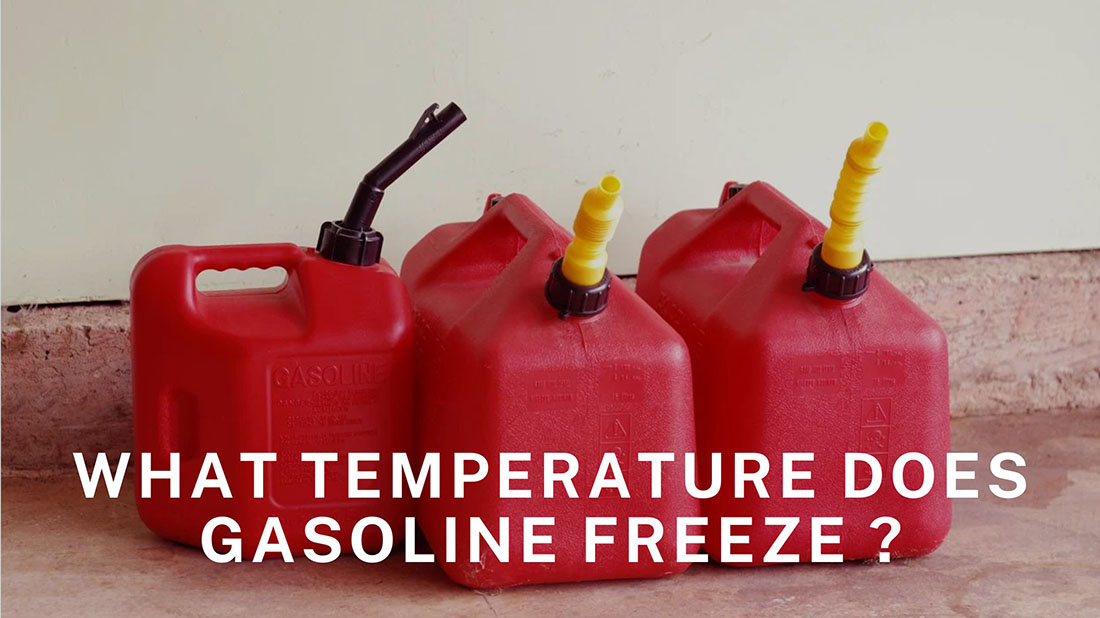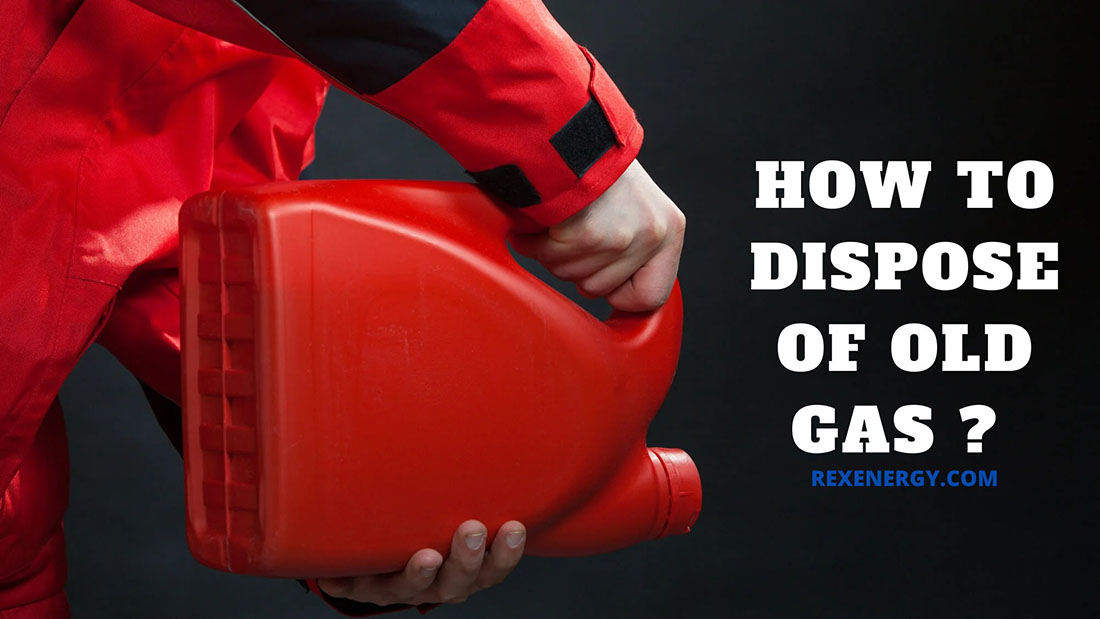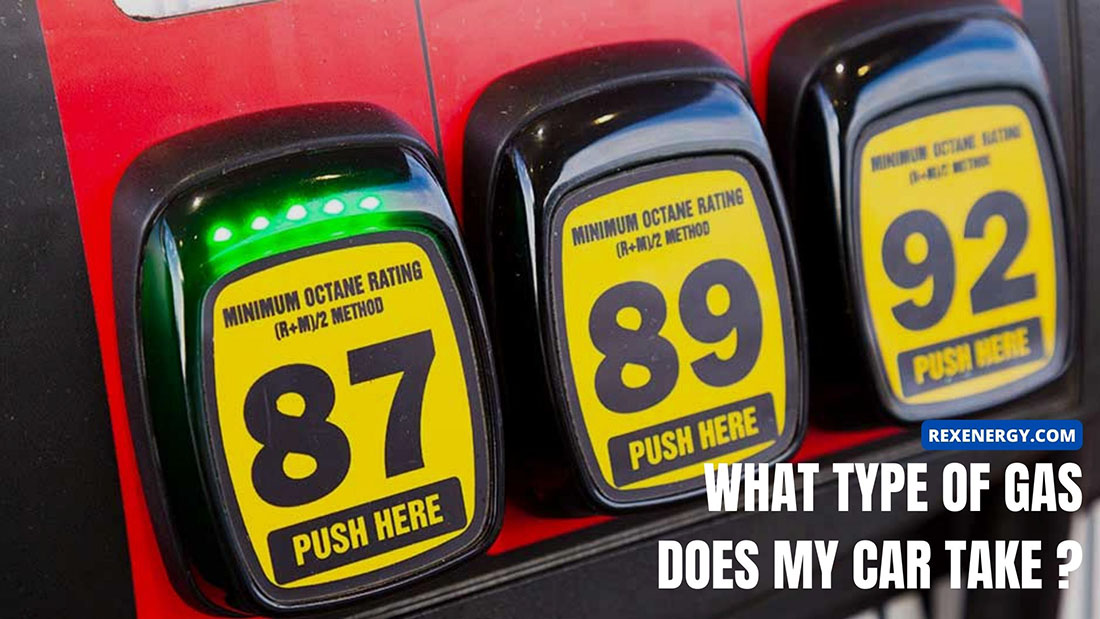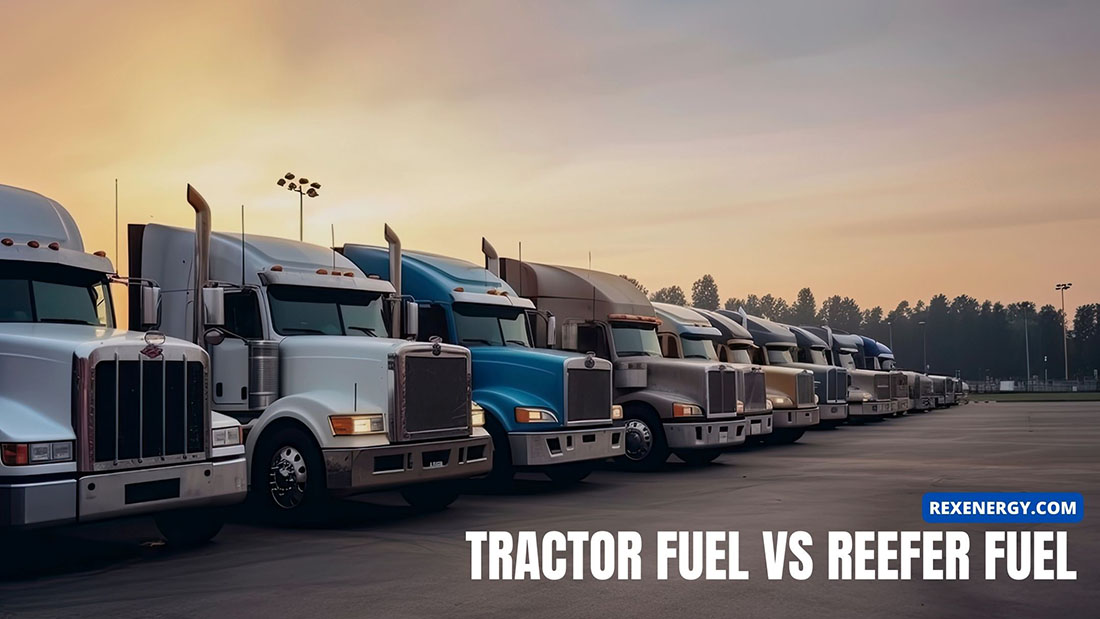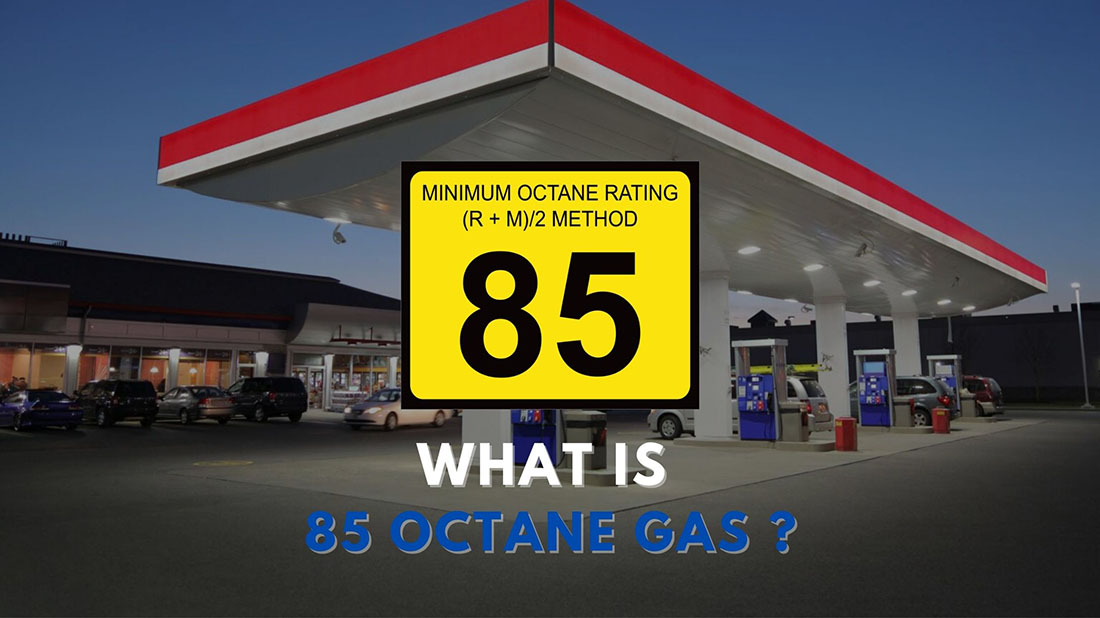As the bloodline of every car, gasoline must be kept in optimal condition regardless of your driving situation. But that is easier said than done, especially in cold climates when fuel usually freezes.
Let’s discuss the temperature when gasoline freezes and extra tips to handle the situation properly.
At What Temperature Does Gasoline Freeze?
Gasoline’s freezing point typically ranges between -40°F and -58°F (or -40°C and -50°C), as the Illinois Department of Physics reported, or it can be as low as -100°F. There are hundreds of gas mixtures with different substances that can easily separate and have their own freezing temp.
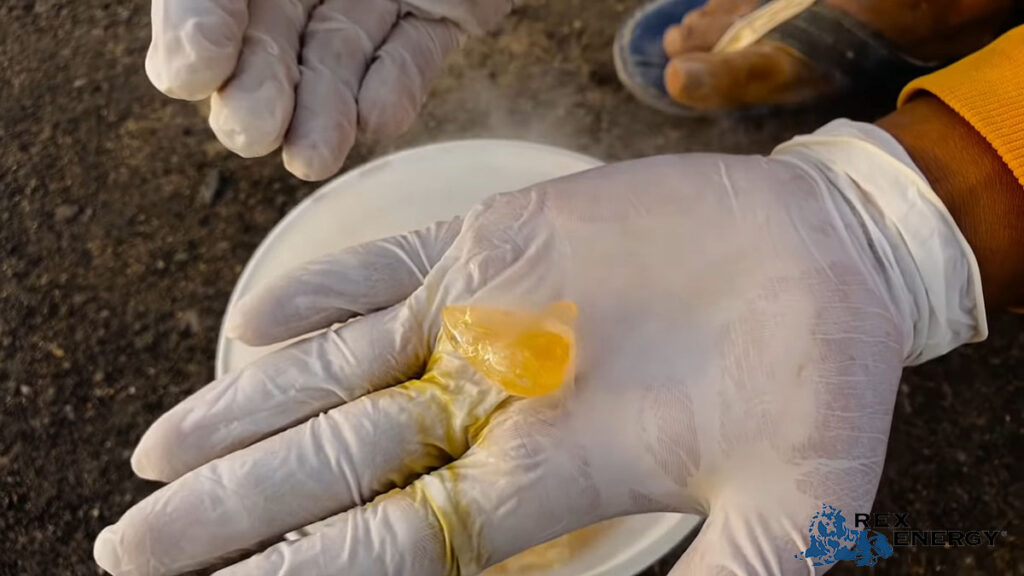
And we have not yet talked about special additives, blending agents, hydrocarbons, etc. As a result, each mixture has a unique freezing point that might be slightly lower or higher than the temperature range we provide above.
But the great news is that frozen gasoline is rarely considered an actual threat since not many regions are that cold. For your reference, the annual average temperature in the USA from 1875 to 2022 is 52.2°F, with the lowest being 48.2°F in 1932 (according to Weather.gov).
How Does Frozen Gas Affect Your Car?
Frozen gas is rare, but that doesn’t mean using it in frigid temperatures does no harm. Below are some hazards you should keep in mind:
Reduced Fuel Efficiency
In cold weather, engines require much more energy than usual to reach their optimal operating temperature. Plus, as the engine oil and transmission fluid thickens, the friction within your engine and transmission will increase, forcing the engine to work harder to compensate for its internal resistance.
The problem only worsens on highways at extreme speeds. The aerodynamic drag under the tires doubles due to cold, dense air, so overcoming that added resistance definitely consumes a lot of gasoline.
Starting Issues
Igniting the right air-fuel mixture is not as easy in cold temperatures as in summer months. The gasoline fails to vaporize properly, leading to incomplete combustion cycles and even misfires.
Also, engine oil usually becomes thicker and can’t flow smoothly. As a result, the engine’s moving parts struggle to operate properly during startup, taking minutes or even hours to crank up the engine.
Riding Discomfort
Combustion is much less efficient since the gasoline takes longer to vaporize. The lack of a proper fuel-air mixture reduces power output and increases engine stutters, resulting in bumpy rides even on straight roads. Climbing hills or traveling through winding paths are even more uncomfortable, especially if you are not experienced.
What To Do When The Gas Line Freezes
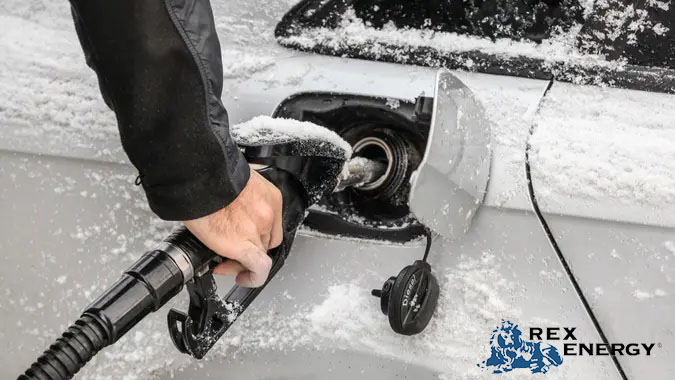
The gasoline itself might not completely freeze, but your gas line suffers regardless due to frozen water vapors. To address the issue:
- Warm up your car. Place a heater below the hood to heat the fuel lines and thaw frozen water.
- Make sure your battery is charged. Without a fully charged battery, the car does not have enough power to turn itself over through frozen water that clogs its fuel lines.
- Add new gasoline. Is your fuel tank less than 50% full? Then, adding fresh gasoline can help the tank overcome freezing effects. We suggest bringing spare gas from home since you cannot start the car to drive to the station when the gas lines freeze.
- Fill your gasoline tank to at least half full. In cold months, a tank of at least 50% full will be the safest bet, leaving little air space for vapor to gather and freeze the gas lines.
- Use thawing addictives. The market offers numerous fuel treatments that can thaw frozen fuel when the temperature drops.
How to Prevent The Gas Line from Freezing
- Use a fuel stabilizer for your gas tank to prevent the gas from degrading.
- Park your car in a warm garage or other sheltered area.
- Wrap your gas line in insulation of durable materials, such as foam pipe insulation or heat tape.
- Install a heated fuel filter.
Conclusion
The gasoline freezing temperature is roughly between -40°F and -58°F (or even lower).
While most drivers do not usually live or travel at such low temperatures, the risk of reduced performance and riding comfort in cold weather still exists. Thaw the fuel lines using fresh gasoline or fuel additives, and remember our extra tips to prevent unwanted complications in your future road trips.

